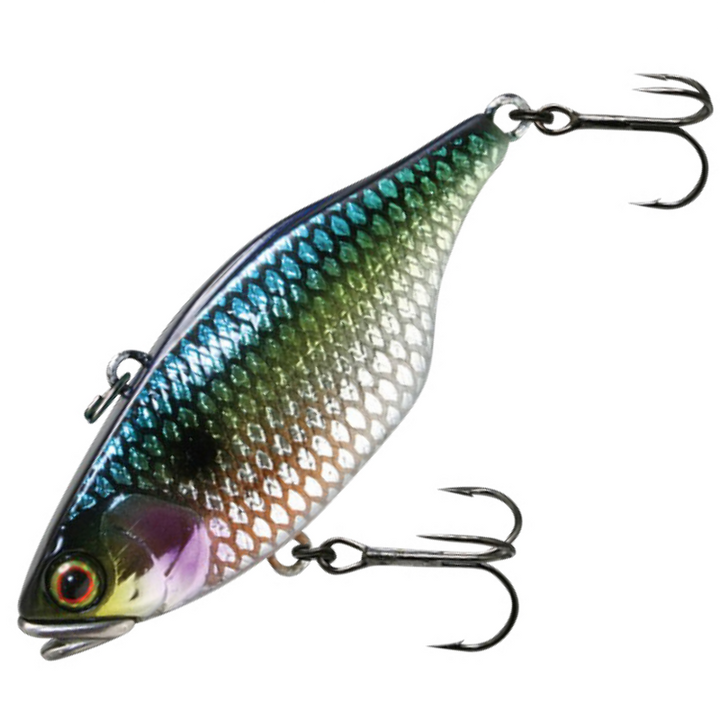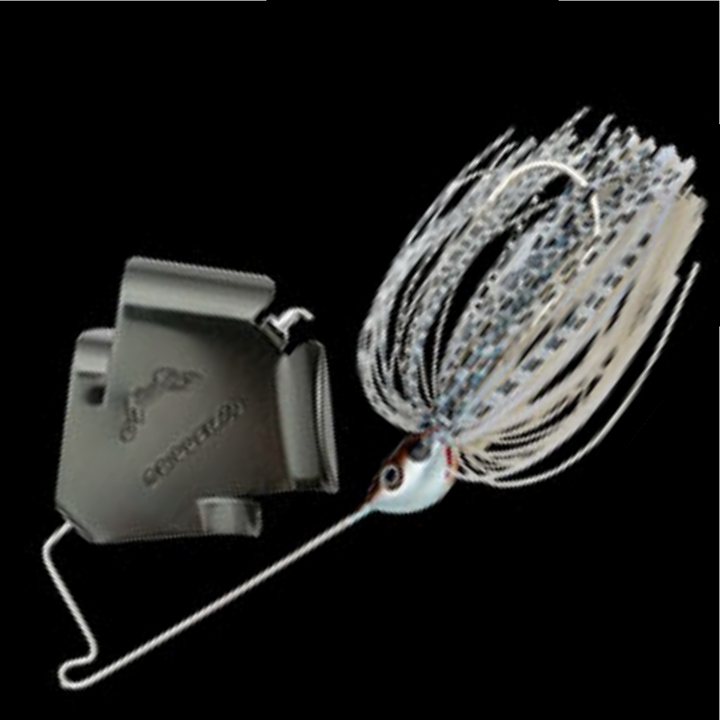How to fish the bass in the Early Summer
- What is the best baits -
CONTENTS
- Stages of summer bass fishing
- Location of early summer bass
- Recommended lures for early summer bass
1.Stages of summer bass fishing

For our purposes, the general cycle of bass in the summer begins when the spawn has been completed. Healthy bass now take to predation, and are actively seeking food.
The summer cycle encompasses three stages: early, middle and late. Here, we will focus on early summer. During early summer, water temperatures have not yet risen to their peak, and bass can generally be found shallower. In mid-summer, as water temperatures rise, bass will begin moving deeper, or finding shaded ambush points. In late summer, bass expand their range and activity before moving shallow once again in the fall.
Characteristics of early summer bass
The early summer bass come in two prevalent types: those still recovering from the spawn and those now recovered from spawning. Those still in recovery mode take to actively feeding on anything it can ambush.Those bass that have recovered roam more open water, forcing the angler to attack a wide area all at once. Since bass during this stage prey on various bait fishes, crustaceans and insects, an angler can attack with a variety of lures. Plastics, spinnerbaits, crank and jerkbaits are all effective when searching for big bass. During this stage, it is advisable to attack a wide area, fan casting structure and dropoffs without defining any area in particular.
2. Location of early summer bass
At this time, while trying to cover a lot of water, the angler must be aware of the spawning areas of baitfish. Shad, bluegill, and perch make easy meals at this time for bass, and mimicking these baitfish can yield some nice bass fishing.
Shad spawning area

A main prey of bass is shad, and finding shad spawning beds equals fish in the boat. Shad spawn at night and move out to structure as the sun rises. Early morning hours are the most important thing when mimicking shad moving off the beds to find cover. The location of shad spawning beds is centered around structure and cover, unless the lake has a lot of shallow weeds, in which case it is in these weeds where the shad will spawn. Shads also spawn under and around docks, boat anchors, lip wraps and rocky shorelines. An area where birds such as herons and seagulls are biting into a flock of baits is a good way to determine where the shad are spawning. Shad notoriously jump insects on the water, and finding shad jumping near the shore is a good indicator of shad beds in early summer. A lure that imitates a shad is most effective for fishing with shad spawning. Casting to the shore and running the lure out is your best bet.
Bluegilll’s nest pattern

When the bluegill (and other panfish), another favorite prey of bass, makes a nest, a male gill is stuck to protect the egg like a bass, but the bass comes to eat the gill in the nest, so aim for that bass. This technique is called the Gillnest pattern. The place where the gillnest can be formed is almost the same as the place where the bass nests, with shallow water exposed to sunlight, the flow of water is not strong, and with obstacles such as grass and trees that protect from predation and weather. Bass are generally done spawning by the time bluegill begin, thus the birth of the gillnest pattern technique. Big bass never pass up an easy meal, and a bluegill guarding the bed is just that. Bluegill nest fishing is definitely a big fish pattern. Bluegill are large, unnaturally shaped and have spiny fins, and you need a pretty big mouth to eat it effortlessly. Therefore, it can be said that there is a high probability that there will be a big bass around Gill's nest. Bluegill type lures are effective, and mimicking bluegill during the spawning season with wide-bodied crankbaits, with blues and orange-tinted color will increase your odds.
Secondary point fishing

What is a secondary point? Simply put, it means "cape or peninsula". A main cape in the lake is called the "main point", while the non-main capes are called the "secondary (or smaller) points". For the bass, these secondary points are needed to adapt the bass to the next season, to rest, to feed and to recover. These smaller outliers provide substantial cover for batfish and predators alike, so fishing them is vital to a full livewell. After spawning, and before the heat of summer arrives, these outcroppings hold bass well, and need to be covered often. Plastics, floating crankbaits, creature baits and spinners all work well for covering these smaller peninsulas quickly. Thoroughly cast secondary points such as brush piles, weed patches, algae beds, and small undulating points like rafts and docks that attract more fish to feed on.
3. Recommended lures for early summer bass
Bass during this period are scattered to feed on various prey in order to recover physical strength, so using a lure that can explore a wide area can improve results. Unlike unrecovered bass, recovered bass are more likely and able to chase faster moving baits.
During this period, experimentation with speed and retrieval technique is of key importance.
(1)Lures with " drawing power" and " fast " elements
There are many types of lures that can be employed during this phase, when the bass switch from ambushing prey to actively hunting them. Now is when the angler can begin to ‘get back to basics’, as it were. For example, shad spawning for a lure that imitates a small fish, spinner baits are strong around cover and in more open water. The lipless-crankbait and bladed-jig begin becoming more appealing, along with their versatility in open water. Swim baits are excellent in adaptability regardless of the conditions, and are great when weedless in attacking near cover. Since the bass are more active, increasing the speed in this phase of After spawn allows the angler to cover more area faster. When you want to cover large areas without a bunch of hangups, weedless swim jigs are an excellent option. The object during the recovered phase is covering a lot of water with various lures without sticking to one.
Bluegill-type swimbait
Bluegill-type soft bait
Swimbait
Spinnerbait
Lipless crankbait
Swim jig
<Megabass>Uoze Swimmer
Swim jig with the appeal performance of the blade added to the slip-through performance
 B U Y N O W
B U Y N O WBladed swim jig
(2)Top water with " drawing power" and " fast " element
A top water bait with a strong action and smooth retrieve is effective for finding scattered bass once their physical strength recovers and they can chase a lure that moves quickly. A buzz bait that can cover a large amount of water quickly and effectively, or a popper with good sound and action are good options. Another good choice is a ‘surface walker’...a floating crankbait or jerkbait, retrieved at half or three-quarter speed.
Buzzbait
Surface walker
Wakebait
Popper



![GillROID BABY [Brand New]](https://cdn.shopify.com/s/files/1/0183/9061/4080/t/7/assets/4582497667110_1_720x-1656132930619_1200x.png?v=1656132932)
























